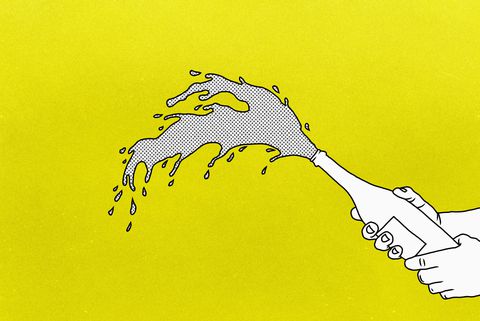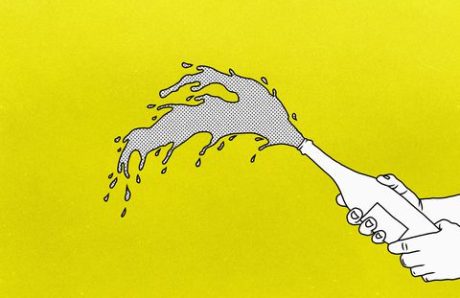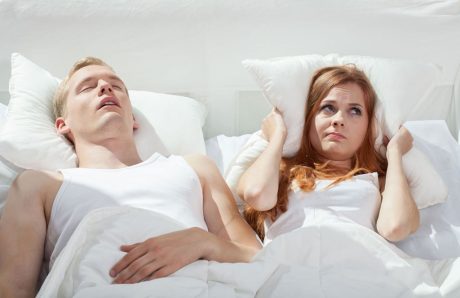
All the answers to your questions about sperm and ejaculation. Do you know what sperm is made of? What happens during ejaculation? Is it synonymous with orgasm? We’ll tell you all you need to know.
Semen composition
What’s in your sperm? It is composed of several elements:
- Secretions produced by the seminal vesicles. They make up the bulk of semen (65-70%), and consist of fluid, sugar and protein.
- Prostatic secretions (15-20%), which contain zinc, citrates and a few trace elements, including testosterone in small quantities.
- Products of the epididymo-deferential coves (10-12%): this barbaric name indicates the passage between the testicles and the seminal vesicles, through which the spermatozoa travel.
- The fluid secreted by Cowper’s glands beneath the prostate (4-5%)
- testicular sperm (less than 1%)

Semen quantity
Between 1.5 and 4.5 ml of sperm can be expelled with each ejaculation. But the quantity varies according to sexual activity. In fact, this figure corresponds to an average quantity after 3 days of abstinence. The closer you ejaculate, the lower the quantity of sperm, down to 1ml when you ejaculate 2 times a day. And for better-quality sperm, consider wearing underpants.
Pre-ejaculatory fluid
Before ejaculation, a liquid is produced by Cowper’s glands and the periurethral glands (located at the urethra). This liquid lubricates the urethra, facilitating the passage of sperm during ejaculation. This liquid is supposed to remain inside the urethra, but some men may experience hypersecretion and discharge in the moments (more or less) preceding ejaculation. In any case, this liquid contains no spermatozoa, so there’s no risk of fertilization.
Ejaculation sequence
Ejaculation takes place in 3 phases:
- Emission: this is a preparatory phase which allows the liquid to concentrate in the posterior urethra.
- Expulsion: the sperm is expelled by contraction of the perineal and urethral muscles, opening of the striated sphincter and closure of the bladder neck (which prevents the sperm from rising into the bladder). It occurs in a jerky fashion at intervals of around 0.8 seconds.
- Orgasm: sensations in the perineum induce a sensation of intense pleasure at the moment of ejaculation. It’s a cerebral and sensory response to a physical mechanism. At the same time, other symptoms may be observed, such as increased heart rate, dilated pupils, etc.
Ejaculation and orgasm
Ejaculation may induce orgasm, but it’s not necessarily linked. It would be reductive to simplify male sexuality in this way. Not every ejaculation leads to an orgasm, and every orgasm can be of varying intensity. An orgasm is a sensation of overall pleasure that starts in the genitals and pelvis, adds to the sensations associated with contraction of the perineum and the various muscles involved, and works its way up to the brain.
Controlling ejaculation
You can control your ejaculation by controlling your body. Particularly the muscles of the perineum. For the man, it’s all about listening to what he feels and sensing his ejaculation coming… Before it happens. It’s all about listening to your body. While this may seem like an obvious answer, in practice it can be difficult to put into practice. You need to know your perineal muscles well enough to contract them sufficiently to hold back from ejaculating at the moment of maximum arousal.
Are you ready? Are you ready to practice self-control and orgasm?






